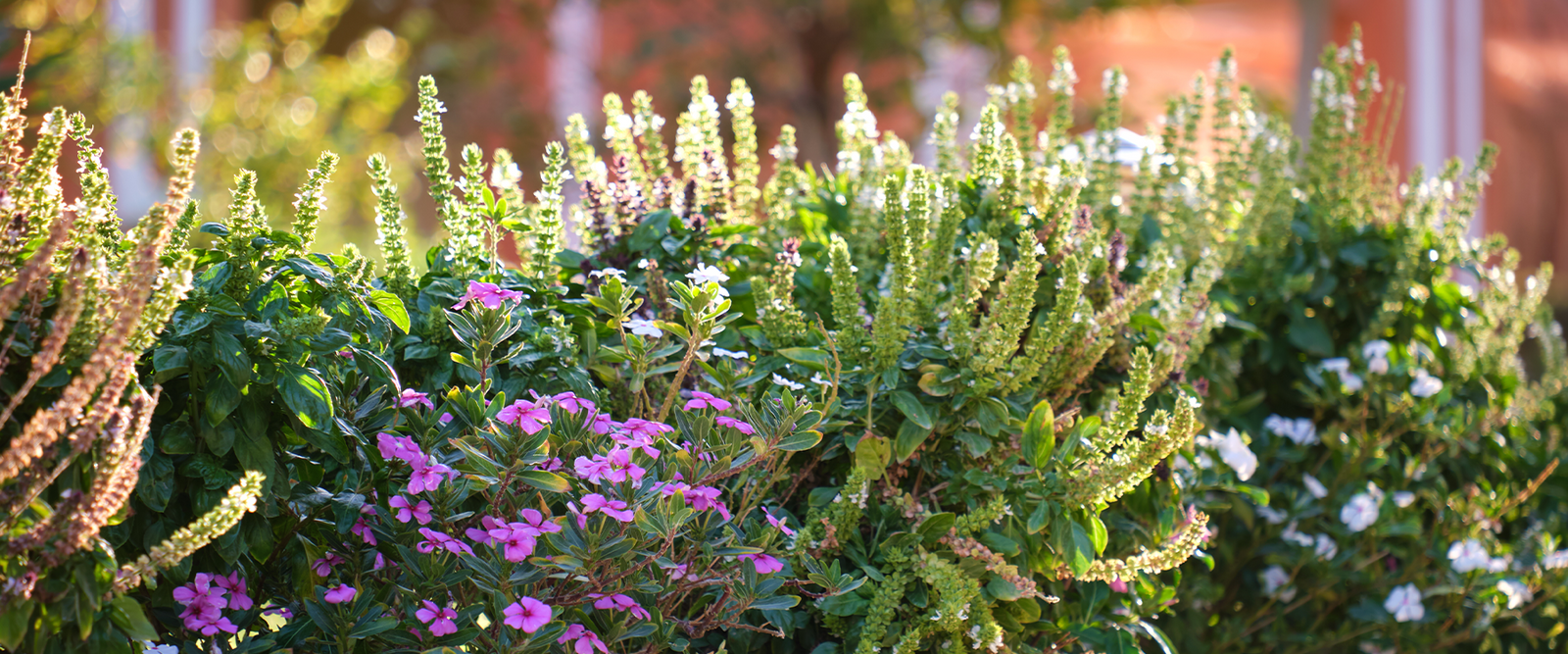When you’re trimming shrubs like hydrangeas, roses, and lilacs, it can be tricky to decide how much to cut. Some gardeners opt for less trimming to avoid harming the plant, while others prune more to get the shape they want. However, both of these approaches might harm your plant and could even slow down its growth. Learning the right way to prune makes it easier to take care of your plants. To prune properly, we recommend following what's called the "1/3 Rule."
What is the 1/3 Rule?
The 1/3 rule involves cutting about 1/3 of wood during any pruning activity. This kind of moderate pruning is like giving your shrubs a good balance – it thins them out a bit and encourages new growth. When you cut away some stems, especially from the top part of the plant, it lets more light and air get inside the plant. This way, the plant keeps a good balance of leaves and nutrients, heals faster, and promotes new stem growth.
When Should I Apply the 1/3 Rule?
Even though you might feel like trimming your plant anytime, remember, this rule is for fully grown plants. If you've just planted a shrub or a small tree, it's best to wait for a season or two until their roots are settled in.
What Tools Do I Need?
Using the right tools is just as important as knowing how to prune. Before starting, make sure your tools are sharp and clean to prevent any disease from harming your plant.

Pruning shears are like regular scissors but for your garden. They're light and easy to hold, helping you cut in tight spaces within your shrub or bushes. They can snip branches up to 1/4-inch-thick, following the 1/3 Rule.
If you're looking for a pair of bypass garden shears, look for ones with a protective coating – it keeps the blades strong and prevents rust. Consider the cutting capacity and make sure your pruner can cut through the branches of your shrubs. Also, make sure the handles fit your hand comfortably, like our EnduroPRO garden shears. Choosing a bypass pruner with replacement parts is a smart choice too.
But what about those bigger branches? Loppers should be your go-to for branches that are longer, often up to 36 inches.

If you're looking for a bypass lopper, choose one that has long handles for added leverage. However, keep in mind the longer they are, the heavier they'll be. Ergonomic and non-slip grips add comfort while pruning, while a coated blade will allow you to prune up to 2 inches thick.
If you're curious about other pruning tools, we have a detailed guide with all the essential gardening tools you'll need when you're taking care of your plants.
Basic Pruning Techniques
Here's a basic pruning tip to remember: know which stems to cut and when to cut them. For shrubs and small trees, it's best to prune in late winter or early spring when they're in their dormant period, getting ready for new growth. You can prune spring-flowering shrubs after they bloom to let more air and light inside.
For established shrubs, start by using garden shears to cut away dead, dying, or sick branches. Then, remove branches that are growing inward, tangled, crossing each other, or at weird angles. Remember the 1/3 Rule – remove enough wood but not too little or too much.




